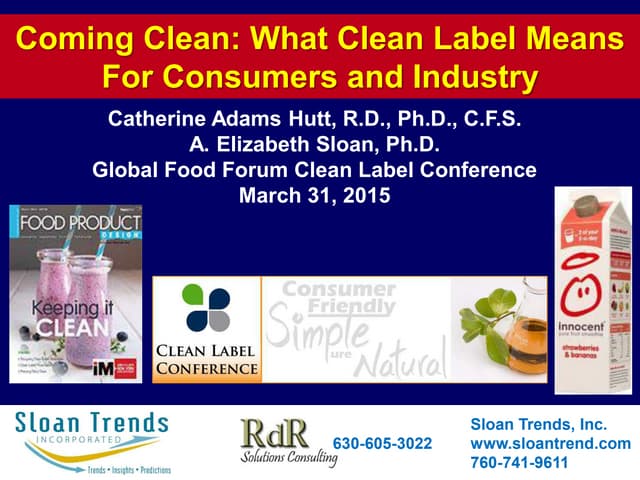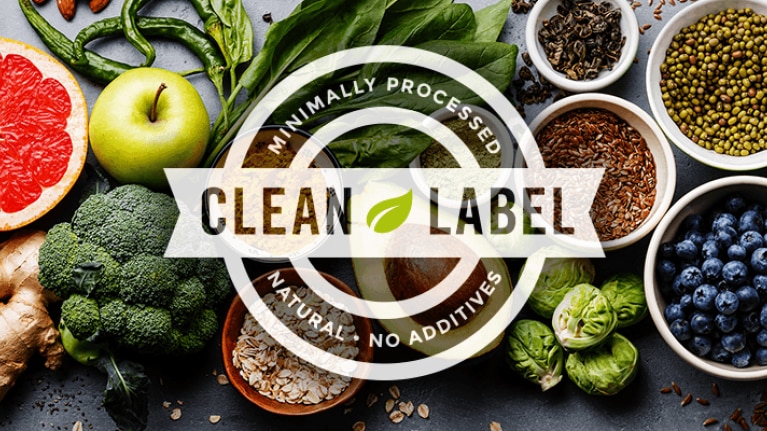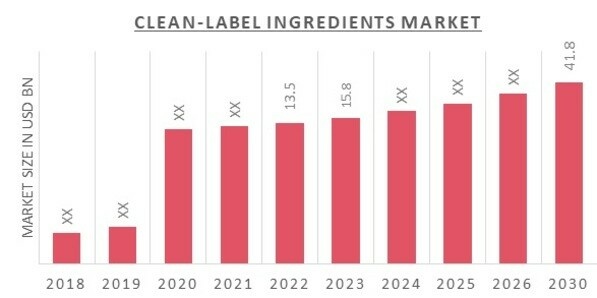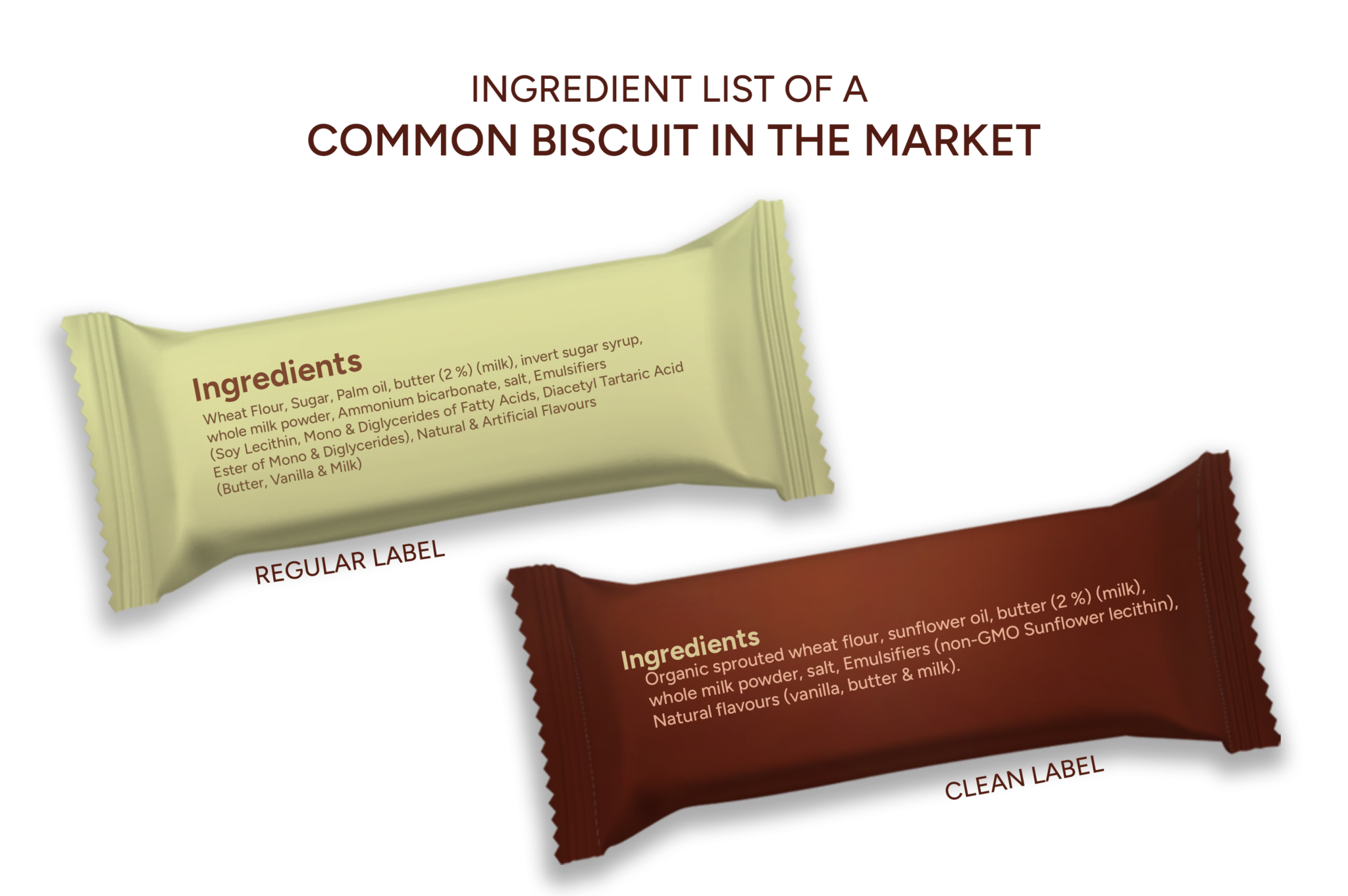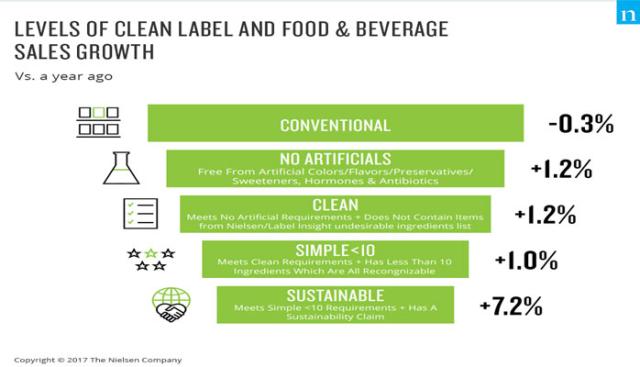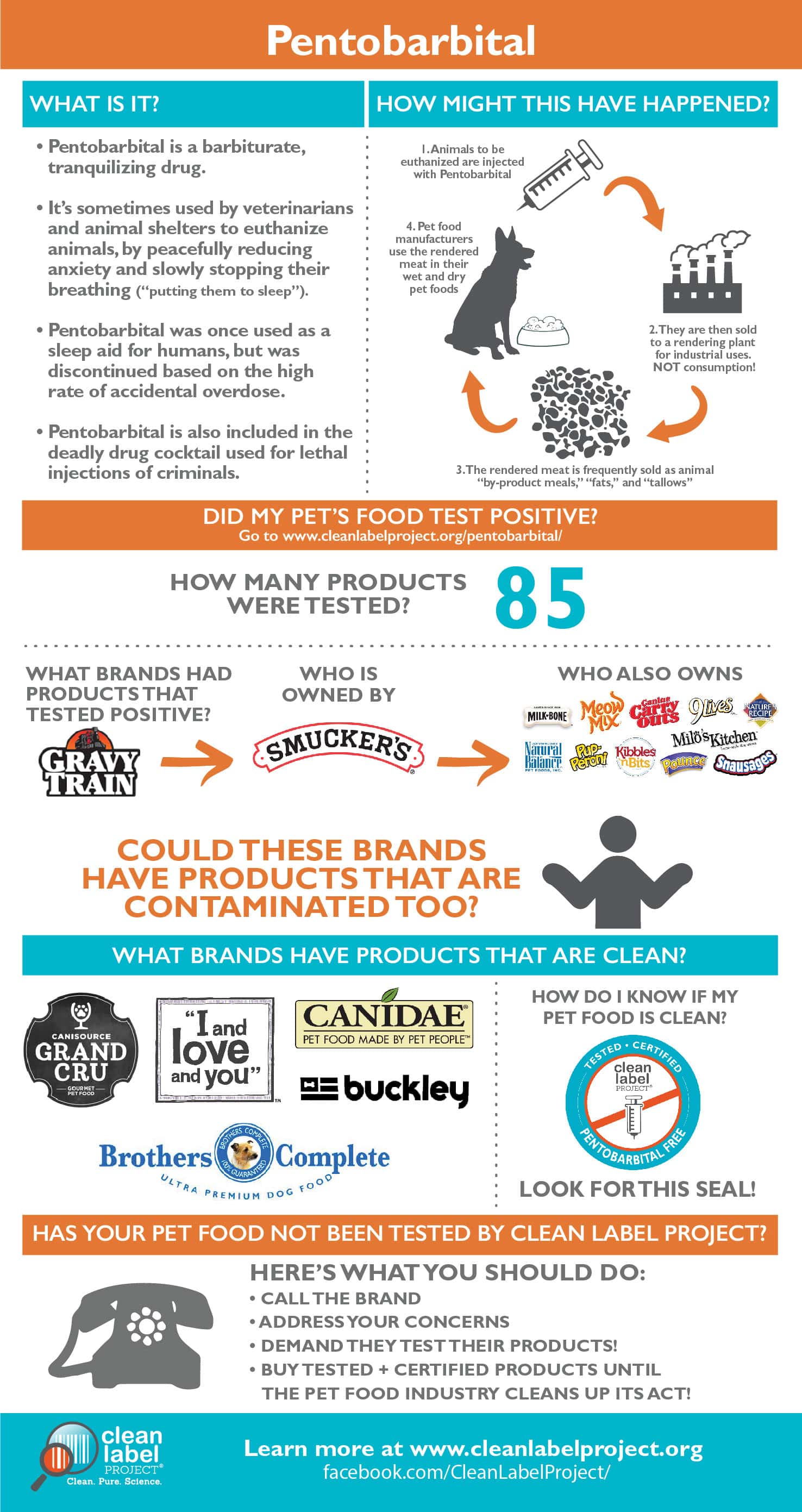Clean Label In Consumer Goods Theme Analysis
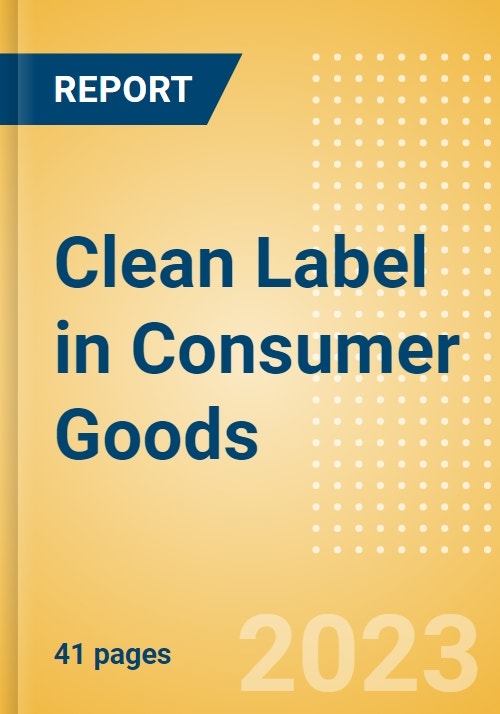
Imagine walking down a grocery aisle, the vibrant colors of packaging vying for your attention. You reach for a box of granola bars, scanning the ingredient list. Is it a jumble of unpronounceable chemicals, or a simple, straightforward list of wholesome ingredients? Increasingly, consumers are opting for the latter, drawn to products promising transparency and natural goodness. This shift has given rise to the "clean label" movement, reshaping the landscape of consumer goods.
At its core, the clean label movement is a consumer-driven demand for products made with simple, recognizable ingredients. It reflects a growing desire for transparency and a rejection of artificial additives, preservatives, and genetically modified organisms (GMOs). This trend is not just a fleeting fad; it represents a fundamental shift in how consumers perceive food and other everyday products.
The Rise of Clean Label: A Historical Perspective
The clean label movement didn't emerge overnight. Its roots can be traced back to growing consumer awareness about the potential health risks associated with processed foods and artificial ingredients. In the past, consumers placed their trust entirely in manufacturers and regulators. Today, they are more informed and more skeptical.
Key moments in its development include the rise of organic farming and the increased accessibility of information through the internet. The organic movement provided a tangible alternative to conventional agriculture, emphasizing natural production methods. The internet, in turn, empowered consumers to research ingredients, compare products, and share information with others, fostering a collective demand for greater transparency.
Defining "Clean": A Murky Landscape
One of the challenges in understanding the clean label movement is the lack of a universally accepted definition. Unlike "organic," which has specific legal standards, "clean label" is largely defined by consumer perception. This ambiguity can lead to confusion and even accusations of "cleanwashing," where companies exaggerate the naturalness of their products to capitalize on the trend.
However, certain characteristics consistently emerge in consumer expectations of a clean label. These include the absence of artificial colors, flavors, and preservatives; the use of simple, recognizable ingredients; minimal processing; and transparent sourcing practices.
According to a 2023 report by the Food Marketing Institute (FMI), 82% of consumers consider ingredient transparency to be important when making purchasing decisions. This suggests that consumers are actively seeking out products with clear and understandable labels, even if there isn't a standardized definition of "clean."
Impact on Various Consumer Goods Sectors
The clean label trend has had a profound impact across various sectors of the consumer goods industry. The food and beverage sector has perhaps seen the most dramatic changes. Companies are reformulating products to remove artificial ingredients and replace them with natural alternatives.
We see this in the growth of plant-based meat alternatives, the increasing use of natural sweeteners like stevia and monk fruit, and the popularity of minimally processed snacks. The beauty and personal care industry is also experiencing a significant shift.
Consumers are increasingly seeking out products free from harsh chemicals, parabens, and sulfates. This demand has fueled the growth of natural and organic beauty brands that prioritize clean ingredients and sustainable practices. According to a report by Mintel, the global market for natural and organic beauty products is projected to reach $54.5 billion by 2027.
Even household cleaning products are being scrutinized for their ingredients. Many consumers are now opting for eco-friendly alternatives made with plant-based ingredients and free from harsh chemicals like bleach and ammonia. Euromonitor International reports a growing demand for sustainable home care products, with consumers willing to pay a premium for options that are both effective and environmentally friendly.
Challenges and Opportunities for Manufacturers
While the clean label movement presents significant opportunities for manufacturers, it also poses several challenges. Reformulating products to remove artificial ingredients can be complex and costly.
Finding suitable natural alternatives that maintain the product's taste, texture, and shelf life can be a difficult balancing act. Sourcing high-quality, sustainable ingredients can also be a challenge, particularly for smaller companies.
However, companies that successfully navigate these challenges can reap significant rewards. They can build trust with consumers, differentiate their products in a crowded marketplace, and capture a larger share of the growing clean label market. Transparency is key to success. Communicating clearly about ingredients, sourcing practices, and manufacturing processes can help companies build credibility and foster consumer loyalty.
Nestlé, for example, has committed to removing artificial colors and flavors from its confectionery products. Unilever has made similar pledges, focusing on improving the transparency of its ingredient lists. These commitments demonstrate that even large multinational corporations are recognizing the importance of the clean label movement.
The Future of Clean Label
The clean label movement is not just a trend; it's a reflection of a fundamental shift in consumer values. As consumers become more informed and more concerned about their health and the environment, the demand for clean label products will continue to grow.
We can expect to see further innovation in ingredient technology, with the development of new natural alternatives to artificial additives. We can also anticipate greater scrutiny of product labeling and marketing claims, with regulators and consumer advocacy groups working to prevent "cleanwashing."
Looking ahead, the clean label movement is likely to evolve beyond just ingredients. It will encompass broader considerations such as sustainability, ethical sourcing, and social responsibility. Consumers will increasingly demand that the products they buy not only be good for them but also good for the planet and the people who produce them.
Ultimately, the clean label movement represents a powerful force for positive change in the consumer goods industry. It encourages companies to be more transparent, more responsible, and more responsive to the needs and concerns of their customers. It's a reminder that consumers have the power to shape the products they buy and the world around them.
The journey towards clean label is a continuous one. It demands ongoing effort, vigilance, and a commitment to transparency from both manufacturers and consumers. As we navigate the ever-evolving landscape of consumer goods, staying informed and making conscious choices will be key to fostering a healthier and more sustainable future.

